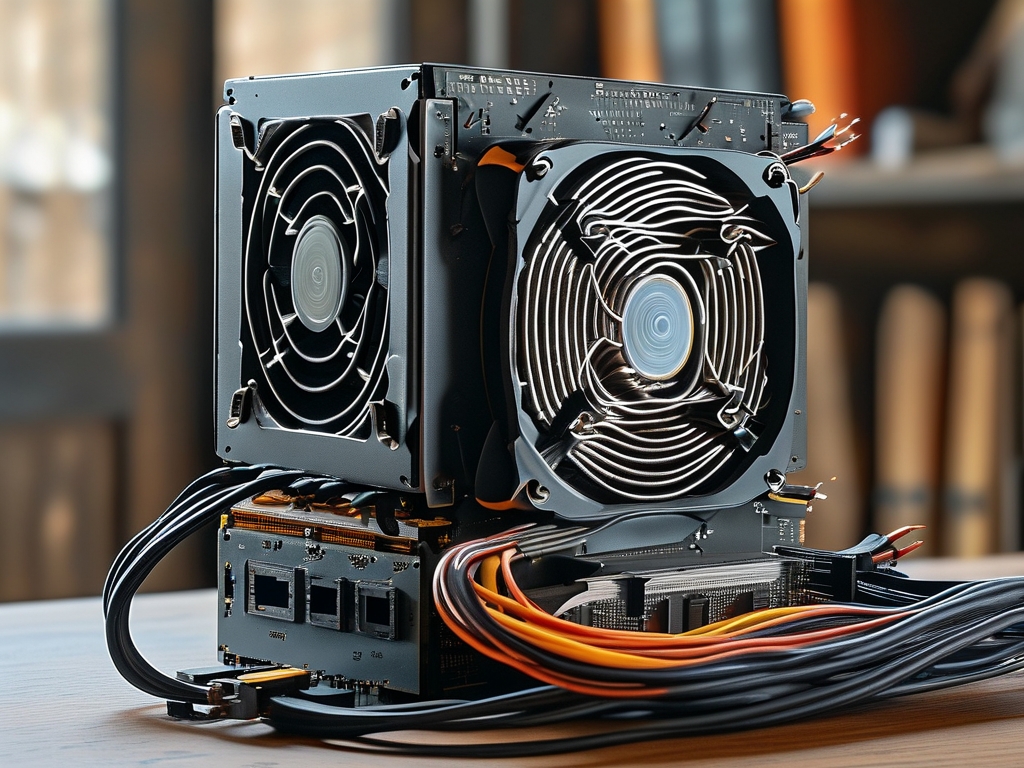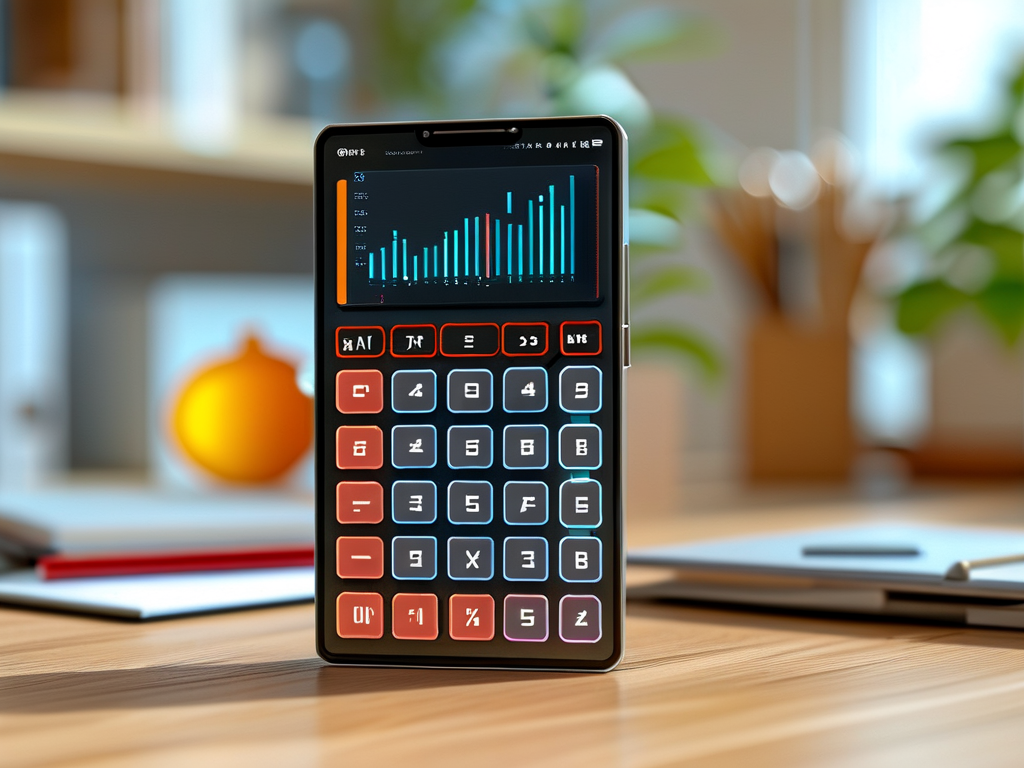In the realm of electronics design and energy management, understanding the relationship between memory operations and power consumption is critical. As devices become more complex and energy-conscious, engineers and developers must account for how data storage and retrieval processes affect overall power usage. This article explores the intricacies of power consumption calculation in memory systems, offering actionable insights for optimizing energy efficiency.
The Role of Memory in Power Dynamics
Memory modules, whether volatile (e.g., RAM) or non-volatile (e.g., SSDs), consume power during read/write cycles, idle states, and even standby modes. The energy required for these operations varies based on memory type, access frequency, and data density. For instance, dynamic RAM (DRAM) demands constant refreshing to retain data, leading to higher baseline power consumption compared to static RAM (SRAM). Similarly, NAND flash memory in SSDs consumes bursts of energy during write operations, which can spike overall system power draw.
Calculating Power Consumption in Memory Systems
To estimate power usage, engineers rely on a combination of hardware specifications and operational patterns. A simplified formula for memory power consumption ((P)) is:
[ P = V \times I ]
where (V) is the operating voltage and (I) is the current drawn during active or idle states. However, real-world scenarios require deeper analysis. For example, a DDR4 memory module operating at 1.2V with an active current of 300mA consumes:
[ P_{\text{active}} = 1.2\,V \times 0.3\,A = 0.36\,W ]
Idle states might reduce current to 100mA, lowering power to 0.12W. Over time, these values accumulate, especially in systems with frequent memory access.

Code Snippet: Basic Power Estimation
def calculate_power(voltage, current_active, current_idle, active_time_ratio):
avg_current = (current_active * active_time_ratio) + (current_idle * (1 - active_time_ratio))
return voltage * avg_current
# Example: DDR4 module with 40% active time
power = calculate_power(1.2, 0.3, 0.1, 0.4)
print(f"Average Power: {power:.2f} Watts")
This script demonstrates how duty cycles influence average power draw.
Factors Influencing Memory-Related Power Use
- Memory Type: Low-power DDR (LPDDR) variants prioritize energy efficiency over speed, making them ideal for mobile devices.
- Access Patterns: Burst writes or reads increase transient power demands, while infrequent access allows for longer low-power states.
- Temperature Effects: Higher temperatures can elevate leakage currents, indirectly boosting idle power consumption.
- Error Correction: Advanced error-correcting codes (ECC) add computational overhead, raising energy use per operation.
Optimizing Energy Efficiency
To minimize power consumption, designers employ strategies such as:
- Clock Gating: Disabling memory clocks during inactive periods.
- Data Compression: Reducing the volume of data transferred to/from memory.
- Hierarchical Storage: Prioritizing faster, low-power cache for frequent accesses while relegating less-critical data to higher-latency storage.
A case study involving IoT devices revealed that optimizing memory access routines reduced overall system power by 22%, extending battery life significantly.

Future Trends and Challenges
Emerging technologies like resistive RAM (ReRAM) and phase-change memory (PCM) promise lower operating voltages and non-volatility, potentially revolutionizing energy-efficient computing. However, integrating these into existing architectures requires rethinking power management frameworks.
In , memory operations remain a pivotal factor in power consumption calculations. By combining precise modeling with intelligent design practices, engineers can strike a balance between performance and energy efficiency—a necessity in an increasingly power-constrained world.









